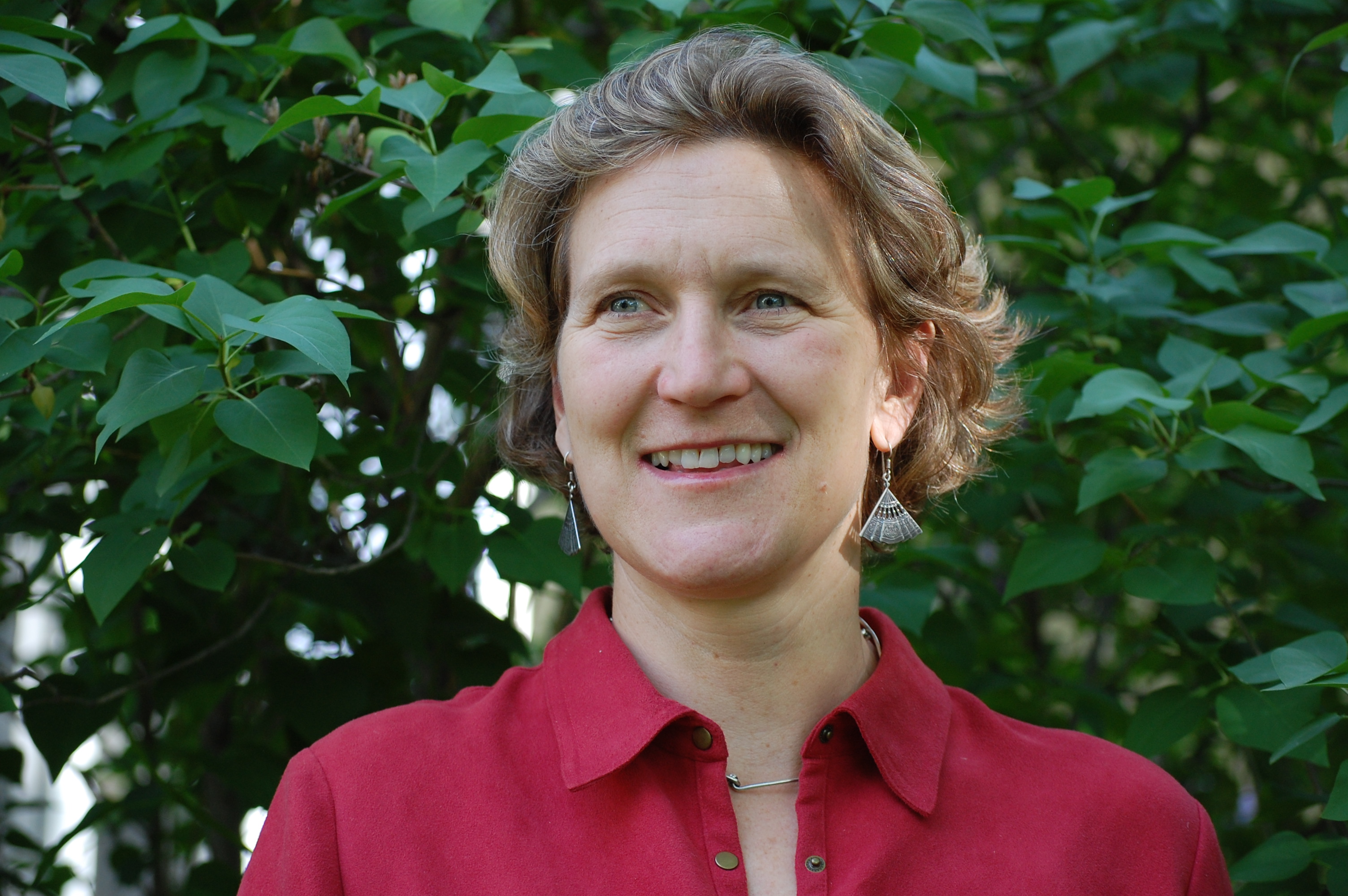
redjarHistorically sustainable.
Burlington, Vt.: It’s the land of socialist senators and Ben & Jerry’s, of Phish and Burton snowboards. So it probably won’t surprise you to learn that Vermont’s largest city (at a whopping 42,000) is not new to the sustainability game. Residents voted for a $11.3 million bond for energy efficiency in the ’90s and the city has been working on climate change since 1996.
And while the city already has a lot to brag about (like getting around 8 percent of its food from within city limits), sustainability director Jennifer Green says Burlington still has its work cut out for it — especially if it is going to be prepared for a climate-changed future.
The seventh installment of Knope and Change, our series about the women who are leading the green cities revolution, features an edited conversation with Green about Burlington’s city-owned utility, urban farms, and unique approach to sustainability.
Q. Some folks would say, “Hey, this is the land of Cherry Garcia and Bernie Sanders. Why should we care what a liberal utopia like Burlington has to say?”
A. Burlington has a reputation for being progressive, liberal, and open-minded. We take a lot of pride in our sustainability reputation. We have a new mayor, which is very exciting. He’s up to keep our work up on becoming the best small city in America.
But Burlington has just as many challenges as anywhere else. We have a high poverty rate. We wrestle with how to address transportation. The quality of our air has waxed and waned. We have a lot to learn from other places as well. We are far from being a utopia.
Q. What are the biggest challenges facing Burlington?

Jennifer Green.
A. The transportation piece. Because we are a small city, we don’t have the density or the volume of potential passengers that drive a really robust public transportation system.
The other thing Burlington wrestles with is a very low vacancy rate. [The vacancy rate hovers between 1 and 2 percent; far below the national average of 12 percent.] Housing costs are high. With high housing costs, people are more inclined to look outside of town for housing. This results in sprawl.
Q. How have you been able to keep your energy-consumption level since the mid-’80s?
A. That’s pretty amazing when you think about all the things that have come online since then, from cell phones to laptops. Even microwaves weren’t as ubiquitous then.
We have a municipal energy department. The citizens of Burlington voted for money to allow us to implement energy efficiency measurements. On my electric bill every month, there’s a small surcharge and that goes to energy conservation stuff. Burlington Electric has been to my house and they looked at my energy use and gave me recommendations on how to improve. Because Burlington [owns its own utility], we’re in charge and have access to information easily. It’s public domain. If I want to know what a business is using in terms of energy, it’s a simple call to BED.
We can keep pretty close track of our greenhouse gas emissions from energy. Unlike other cities who are really having a hard time getting complete and timely energy information, it’s very simple for us.
Q. I saw a figure claiming Burlington gets almost 8 percent of its food from inside the city limits. Is that true and if so, how is that possible?
A. I guess that’s the number we’re going with. The exact number is really hard to capture.
It’s luck of the draw. We have a floodplain. The Winooski River runs through the city. It floods on a regular basis which means it’s not suitable for housing. Historically, it’s always been an important farming hub. In the Intervale, [700 acres of bottomland within city limits], there are several dozen community-supported agriculture endeavors, and what’s grown in the Intervale is sold in the city market which is our downtown supermarket. It’s a cooperative. A fair portion of what the kids in Burlington eat [in the school food program] is locally sourced. It’s always been a struggle for the food service director. Because Burlington has a fairly high poverty rate, he really depends on federal food dollars. That money can be constricting for him. But whenever he can, he sources locally. He’s very creative.
Q. Instead of a sustainability plan, you have a legacy plan. How are they different?
A. Oftentimes sustainability plans are limited to the environment. In Burlington, we think sustainability is connecting the four Es — environment, equity, education, and economics. That’s why our plan is different. It’s very comprehensive and understands having a clean environment is more than just fresh air and a nice place to swim. It means attracting a workforce that appreciates the quality of life, educational opportunity for our kids, etc. We see these things as really interconnected.
Q. Vermont is a leader on environmental issues, but there are some issues that are beyond local control, like climate change.
A. Under Peter Clavelle, our mayor two terms ago, we built the first climate action plan of its kind in the country. It was a little bit like pulling stumps because no one had ever done one before. The calculation part was tough. Fast-forward a decade and we have ICLEI software to help us.
Vermont as a whole is starting to think a lot more about the adaptation and resiliency piece. The Institute for Sustainable Communities, which is located in Montpelier, our state capitol, is a fairly prominent nonprofit in the realm of climate change … They are starting a resiliency project in Vermont. That’s a good sign. In Burlington, we’ve yet to have a really concerted discussion around resiliency but I’d say it’s starting to percolate.
Q. How do you think climate change will affect the city itself?
A. The river runs through this major farming hub for the city. It flooded twice last year. It really impacted the farms in the city. In turn, it impacted access to local produce in our city market. Last year during Hurricane Irene, much of the bike path was destroyed. The bike path is a defining piece of the city. It runs along the lake and tourists come to visit but it’s also an important recreational piece for our city residents. I see infrastructure challenges in our future.
Q. Sounds like you’re already starting to see some effects.
A. I think we’re really starting to live it. We should probably start thinking about our stormwater systems.





